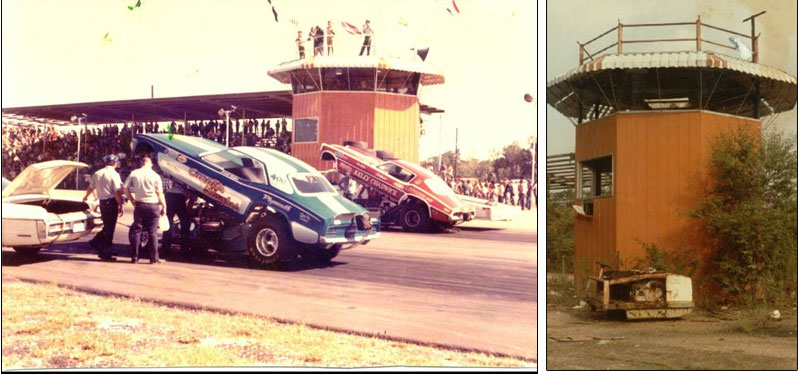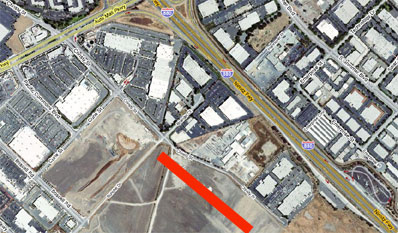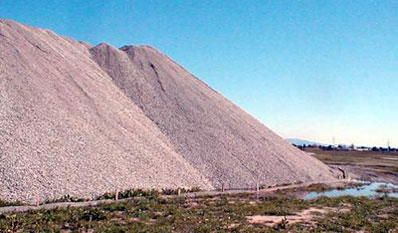

Ghost tracks, the scary sequel
Like a scary sequel to your favorite horror flick, we're back with another edition of ghost tracks. Every serious drag fan, of course, had a favorite haunt in his or her formative years, and many of them have passed away, leading to the sport that's sweeping the sport: ghost-track hunting.
And, naturally, the leaders in this field of haunt hunting are readers of this column, who have been so kind as to share their finds with us. Enjoy.
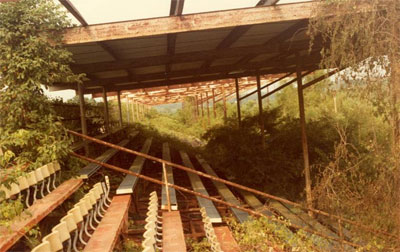 |
Lance Peltier grew up going to Southland Dragways in
"There were easily 30 or more strong-running Top Fuel cars from
The abandoned grandstands at right, now overgrown and choked with weeds, are remarkably still there, although the view is a little compromised. Weed whacker, anyone?
|
|
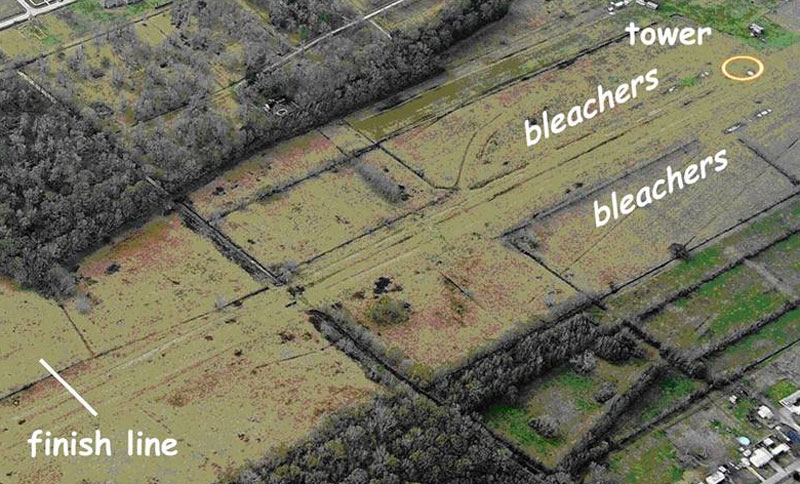 |

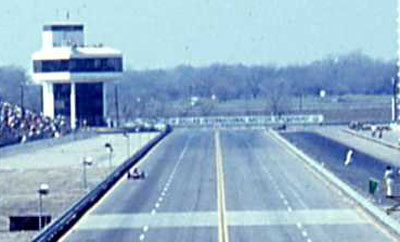 |
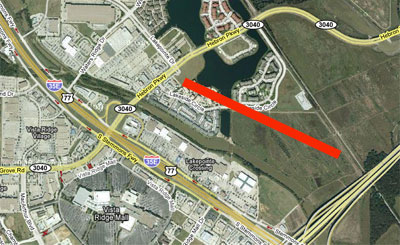 |
David Graves sent along these wonderfully sad shots from Dallas Int'l Motor Speedway, one of the true gems of the 1960s and
The dragstrip was 5,000 feet long, but what really caught the eye was the futuristic timing tower that rose five stories above the racing surface. On the first floor was offices and restrooms, and the second floor held the announcing deck. Security and monitor control were on the third floor, and the fourth floor was the exclusive International Room, a precursor to today's VIP suites. The open top story was for television cameras. Scoreboards at the top end gave fans the instant results and times of each pairing.
The dragstrip's racing surface was equally on par; qualifying at the 1969 Springnationals produced the sport's first all-six-second 32-car Top Fuel field.
"I have a very well-prepared proposal showing that the development that started with the dragstrip was to incorporate facilities for race teams (i.e., Brownsburg, Ind.), offices for SCCA and NHRA headquarters, auto dealerships, half-mile oval, 2.7-mile road course (which did get completed), service stations, hotel – the works," said Graves. "They had big dreams for this deal."
Things began to go sour for the facility in 1971. After multiple rainouts of non-national events forced DIMS to move to IHRA sanction for 1972, the fledgling sanctioning body's alleged "lack of promotional savvy" made things worse, and, eventually, Xerox, which held the land lease, sold the property in late 1973.
There is no trace of the facility left today, but you can see from the red rectangle that I so artfully drew here its approximately location.
"Cattle roamed the facility for years until it was leveled in the late '70s/early '80s," said Graves. "What is there now? That area grew into one of the hottest real estate markets in
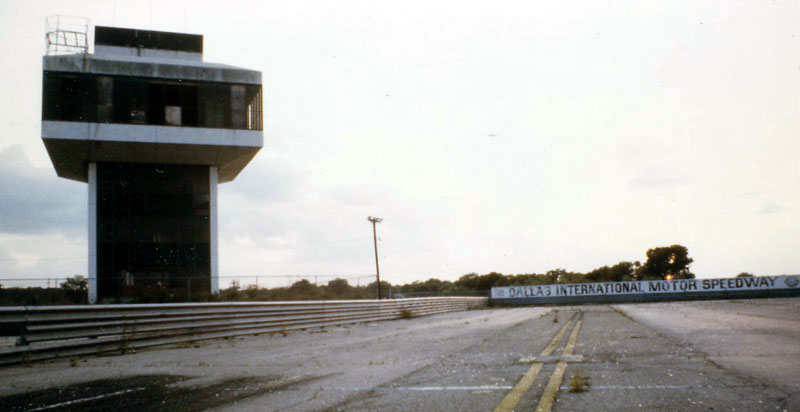
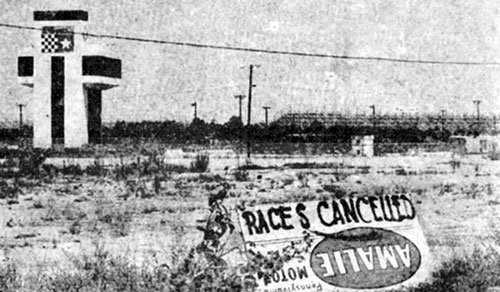 |
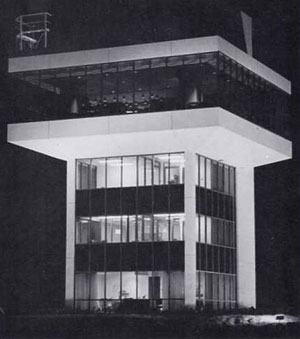 |

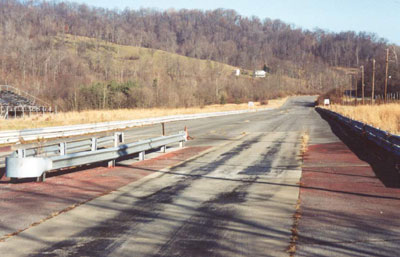 |
Glen (no last name given) sent me to a Web site with pics from Fairmont Dragway, an eighth-mile NHRA track in
Here's a 2002 photo of the starting line, which still looks fairly intact, but this was six years ago. The tower was still there, and, perhaps after a little brush control and a little TLC, the place could have run again. You can find more pics on the Illicit Ohio Web site here: http://illicitohio.illicitohio.com/drags.html. I found a news story from 2002 that says the site was going to become an industrial park and that the landowner, Fairmont Industrial & Credit Corp., was going to take the track's "utility poles, lights, a speaker system, an outbuilding, long stretches of guardrail and chain-link fences" and reuse them throughout the county, including at a new BMX track. I found a message-board posting from 2004 that says a former racer had been there in 2004 and it's all gone, indeed replaced by an industrial park.
Adds Glen, "I am now in

Longtime e-mail pal Al Booton sent me information on Des Moines Dragway, which was active from 1957 to 1967. More than 3,000 racers and fans were there on opening weekend. The strip was called Greater Des Moines Drag Strip from '57 to '60. In 1961, it was renamed Des Moines Dragway. The strip was located at the intersection of 128th (called
 |

|
|
|
|
The track, along Interstate 880 (now the Nimitz Freeway), was a staple of the West Coast for decades, and all of the hitters ran there. The track hosted the late-season NHRA Golden Gate Nationals from 1981 to 1983. The 1983 event was memorable because it's where Gary Beck ran the first 5.3-second Top Fuel pass, a 5.39, in Larry Minor's dragster.
The track also served as the shooting location for the dragstrip heroics of "Big John" Milner in the film More American Graffiti. (A 3/8-mile oval track also was built in the 1980s, reportedly using parts purchased from Ontario Motor Speedway.)
According to what I could find,
An industrial complex eventually was built there.

Rip and Natalie Wiley, who restored the Stephens & Venables front-engine AA/FD, have pictures on their Web site of former NHRA member tracks Green Valley Race City in Smithfield, Texas (below), and Houston Int'l Dragway (bottom). The "now" photos, I believe, are from 2000, so there's no telling what the sites might hold now, but it's still sad to see them in this shape at any time. Reader Bobby Iven says of HID, "A Wal-Mart now sits where the starting line used to be, and a school is located somewhere near the finish line."
 |
 |

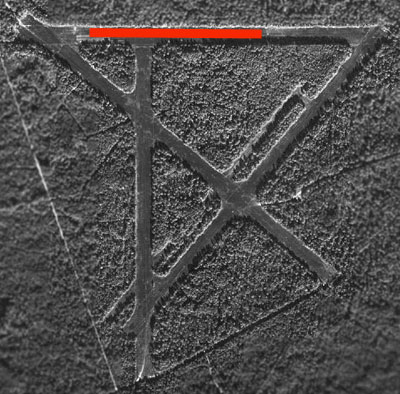 |
Mike McInnis, who saw his first drag race in (he thinks) 1965, recalled his most memorable ghost track. "I got interested in cars and started reading every car magazine I could get my hands on about 1962. (I was 11)," he wrote. "I started reading about drag racing and started bugging my dad to take me to a race. We were on the south side of Jacksonville, Fla., late one Sunday afternoon, and I started seeing numbers of cars (mostly flat towed) coming back from a day at the drags at nearby Thunderbolt Dragway. Needless to say, my efforts to get to a race intensified. We lived about 100 miles from that track (in O’Brien,
"Never has a more intense bit of lobbying taken place than that which was done as I promised my dad anything just to get him to take me. Well, he finally broke down (as dads often do; I have four sons of my own) and took me and a buddy over there. Thunderbolt Dragway was just a part of an old abandoned military airfield complex south of
"I have often wondered what ever became of Thunderbolt Dragway and when it ceased to operate. I am not sure of the exact location of it, but I believe it was on U.S. 17."
Like

Bry Schmidt, a former crewmember for the Weaver family's Dream Weaver Top Alcohol Funny Car, attended his first drag race in 1962 at the San Luis Obispo County Airport where he watched Top Fuelers and altereds. "I remember only one Top Fueler name (Otis Body Shop) out of San Luis Obispo and one competition orange '32 AA/FA that never ever went straight (one time it ended up in the parking lot about 200 feet away from the track). Also, one time two Top Fuelers were on a run down the track, and a plane landed (coming right at the rails) right about the finish line. The drivers did some very creative driving to avoid the single-engine aircraft, which just kept motoring up the strip like nothing happened. Ask Alan Johnson about the strip in
Lots of memories still coming in for the long-gone
"Another unique practice for the area was that they ran a Top Eliminator every Saturday night, which was a run-what-you-brung type of open event. Junior Fuelers like ours were best suited to the short, narrow track, but you'd see all sorts of things, including the occasional Funny Car or Top Fueler show up. I was on the same track with Dick LaHaie once and remember running against Frank Hawley in a Funny Car out of
"I always enjoyed running under the lights there. Of course, lighting was expensive, and the spectators only cared about what happened up to the finish line, so the shutdown area was DARK! And did I mention it was short? Timing was everything, as you tried to pull the chute release just before the first timing light and hope it opened just as you crossed the finish line. More than a few ended up in the sand trap when they got caught up in the race and ran it all the way through the eyes."
Ron (no last name given) recalled of Detroit Dragway, "The first taste of nitro I got was at
Wrote Bill Anderson, "In the early '70s, some of my early dates with my wife included trips to U.S. 30, either running my car or seeing shows such as Coca-Cola Cavalcade of Stars. Like other tracks, we stood just off the starting line behind a simple chain-link fence as the FCs roared away. I was excited to expose her to the sensation; she tolerated it with a girlfriend's loyalty and love. At first, in common fashion, she associated guys and their cars with stereotypical macho-guy mentality until I explained that while we can't draw, paint, or sculpt, this is our art and creativity that we share with each other (as well as the thrill and need for improved acceleration).
"During that time, I made many trips to the concession stand for eats and drinks. Twenty years later in the early '90s I was a hardware designer at Bell Labs in
"A weird, special bond" -- an appropriate coda to our feelings for these long-lost strips. Thanks for playing.




















































